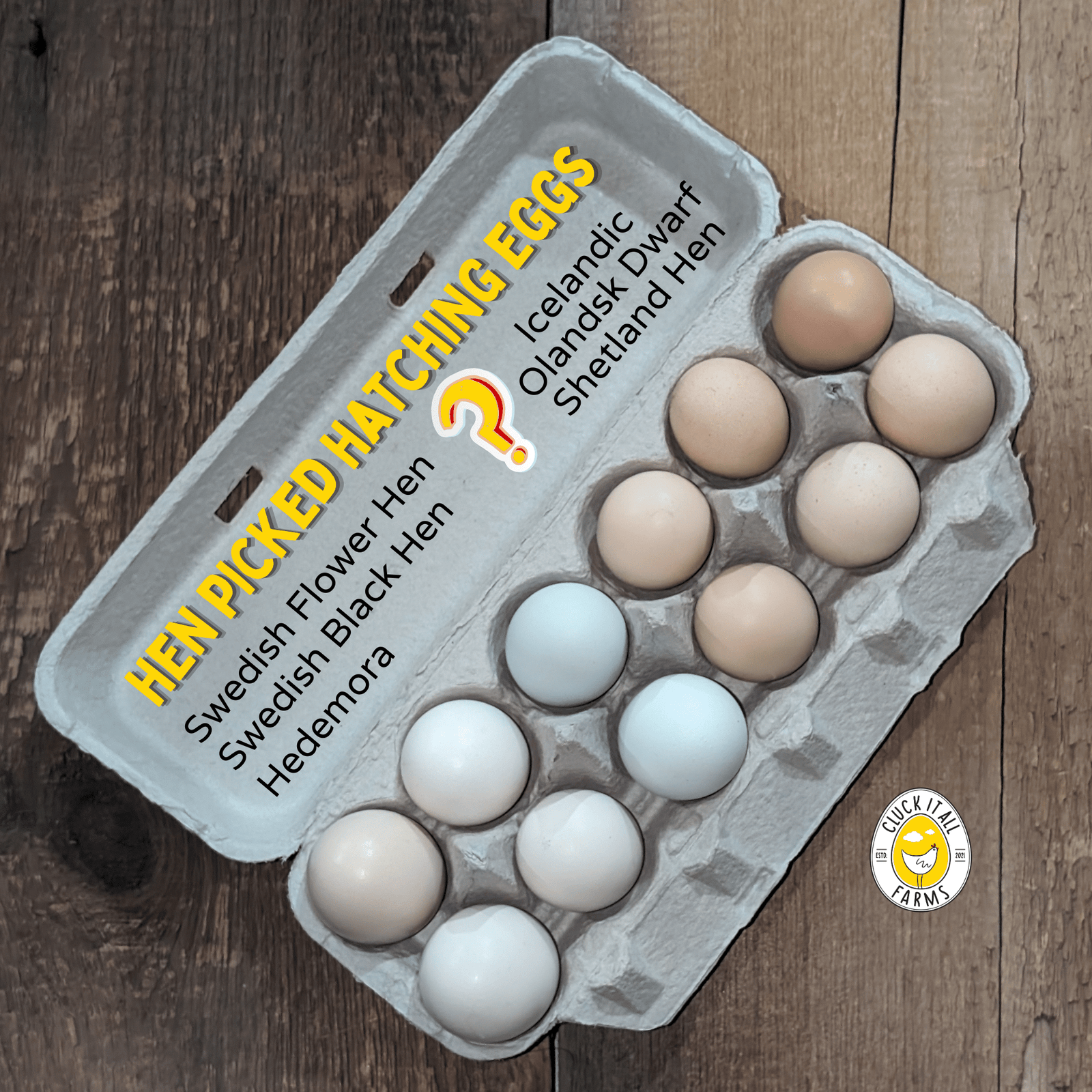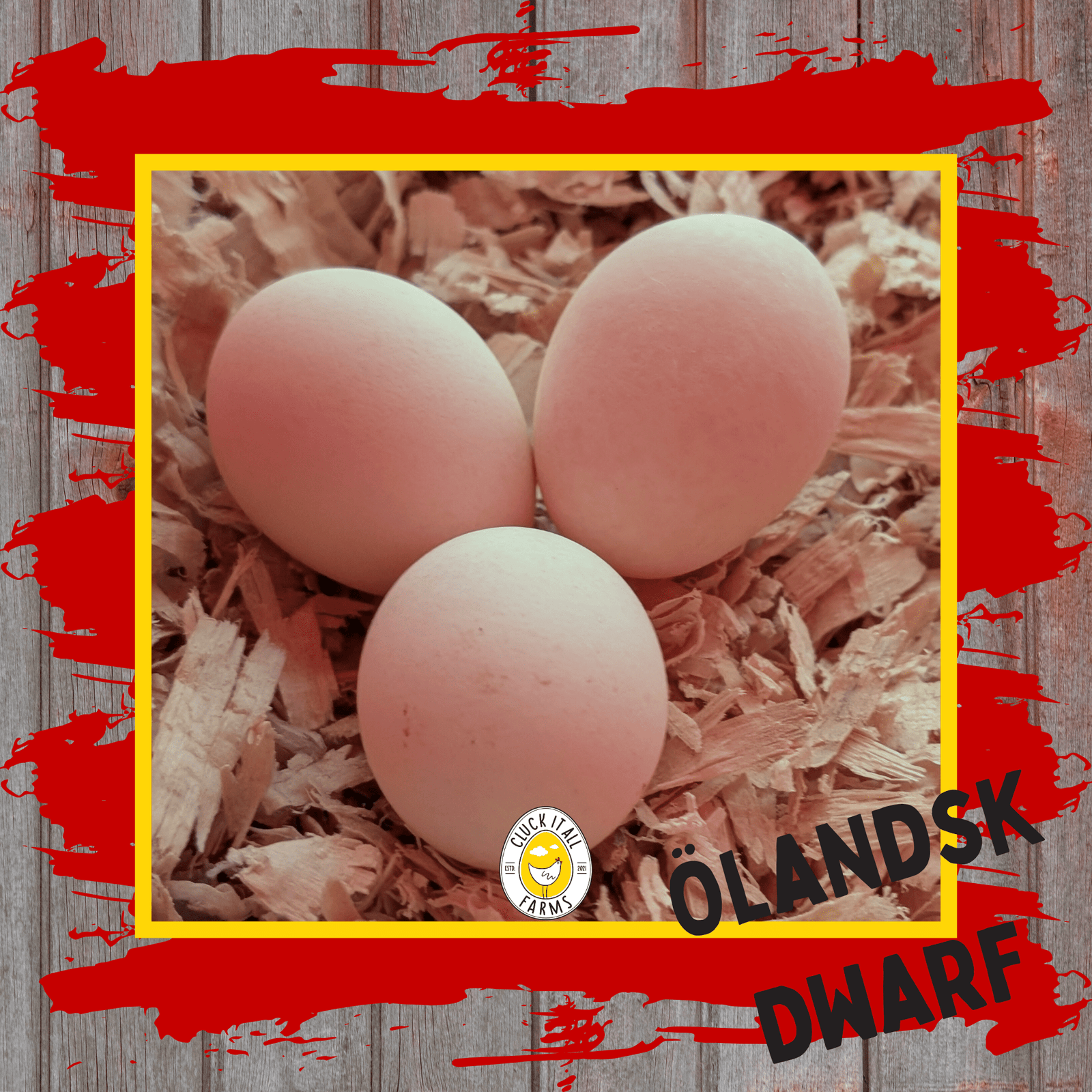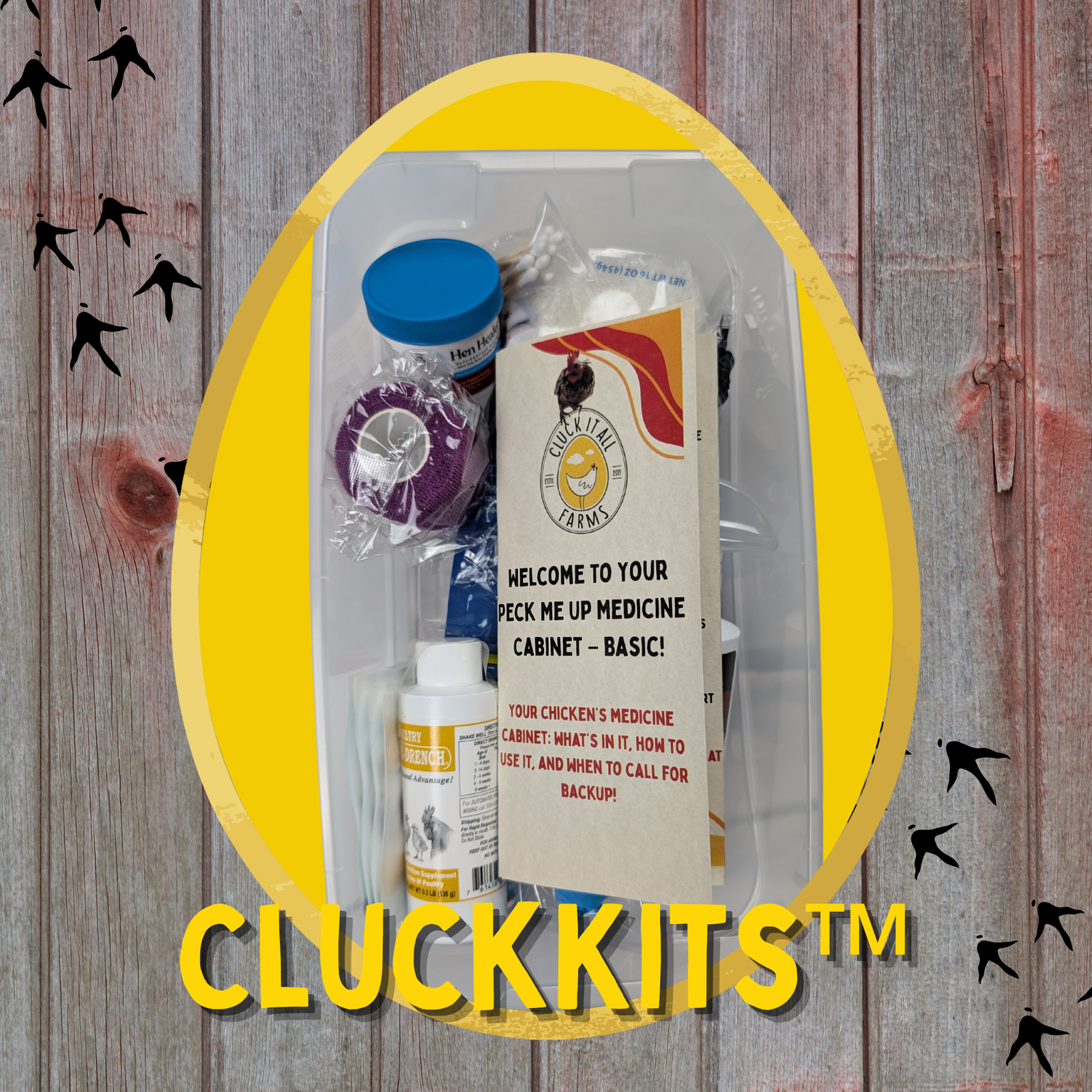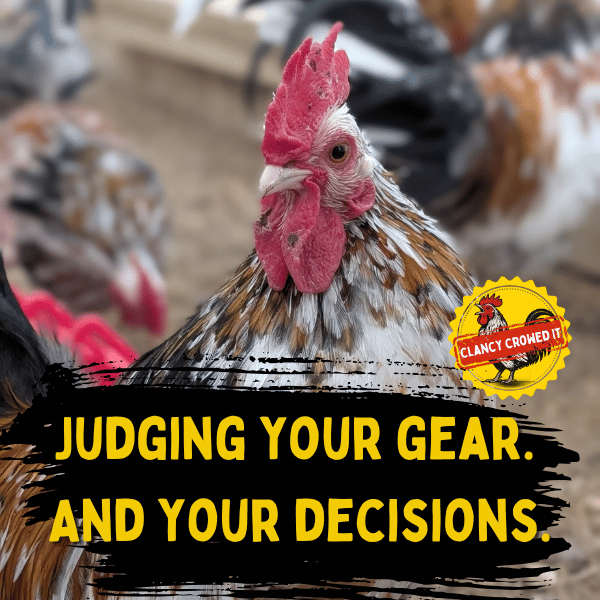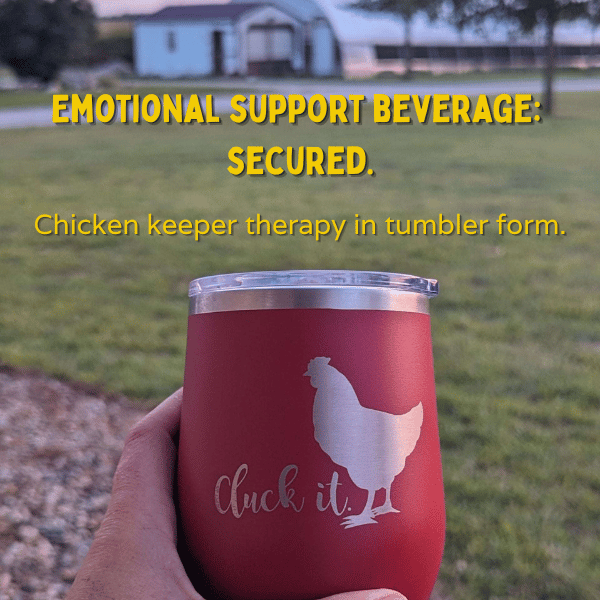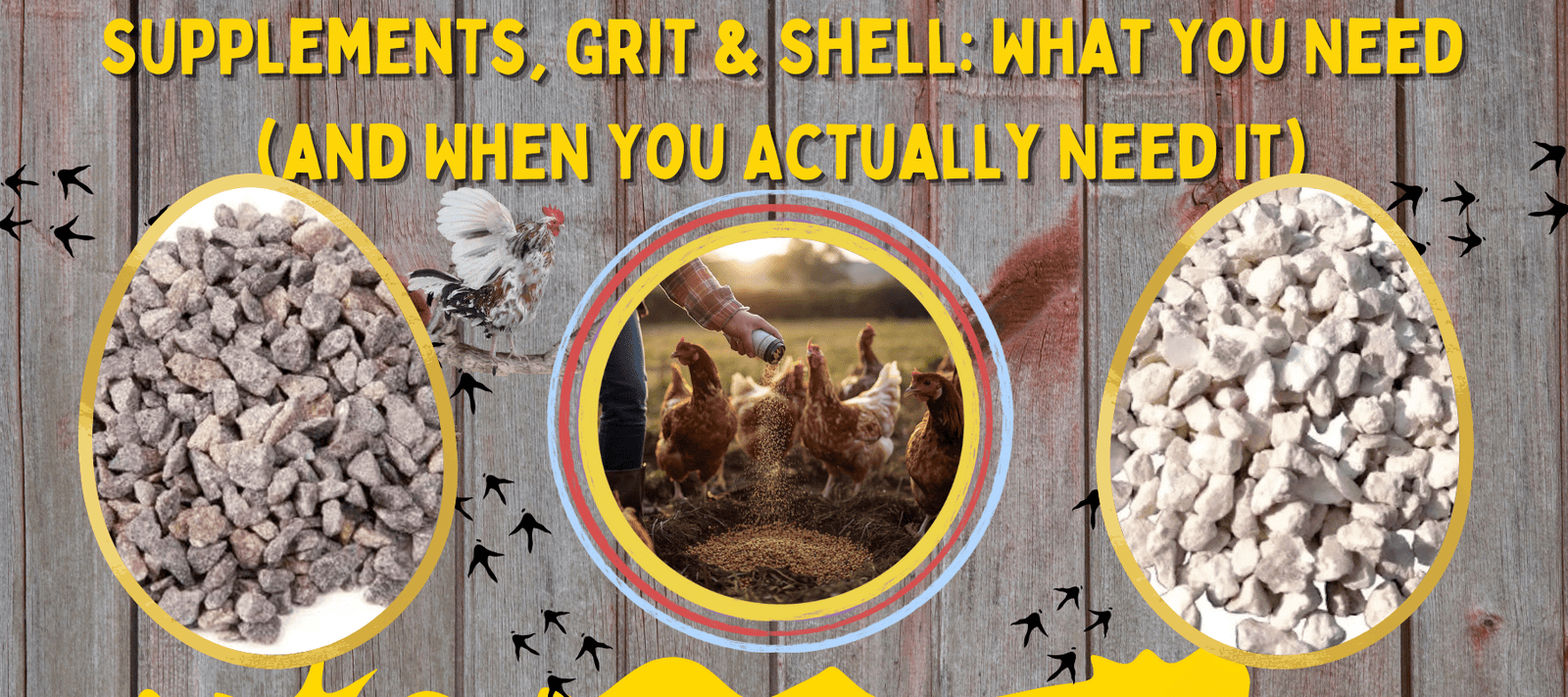Summertime can be a tough period for our feathered friends due to the high temperatures, which can pose significant health risks. Understanding how to effectively manage these conditions is crucial for any chicken enthusiast. Here's how to spot signs of heat stress and take preventive measures to keep your chickens healthy.
Understanding Heat Stress in Chickens
Heat stress in chickens can manifest in several ways. Initially, chickens may pant lightly and behave normally, but as the heat stress progresses, they may pant more heavily, hold their wings away from their body, and appear less active. Severe heat stress can lead to pale wattles and combs, lethargy, and even unconsciousness. These are signs that the chickens are struggling severely and require immediate attention to prevent heat exhaustion.
Recognizing Signs of Heat Stress
1. Panting and Open-Mouth Breathing
Chickens cool themselves through panting since they don’t have sweat glands. If you notice your chickens panting with their beaks open, it's a clear sign they're trying to regulate their body temperature.

2. Lethargy
Heat-stressed chickens often display a noticeable decrease in activity. They may stop foraging, appear drowsy, or simply sit with minimal movement, trying to conserve their energy.

3. Pale Combs and Wattles
A chicken’s comb and wattles should be bright and vibrant. If they appear pale, it might indicate that your chicken is not coping well with the heat.

4. Reduced Feed Intake
Heat can reduce a chicken's appetite, which in turn can affect their overall health and energy levels. Monitor their eating habits, especially during heat waves.
5. Spreading Feathers
To cool off, chickens might hold their feathers out slightly to allow air to circulate closer to their skin.
6. Diarrhea
This can be a sign of heat stress, especially if coupled with other symptoms. It's critical as it can lead to dehydration.
Treatment and Prevention
1. Immediate Cooling
Move chickens showing signs of heat stress to a shaded or cooler area immediately. Provide a space where they can rest away from direct sunlight.
2. Enhanced Hydration
Offer fresh, cool water continuously. Adding electrolytes to their water can help replace minerals lost through panting and can boost their recovery.
3. Dietary Adjustments
Feed your chickens during the cooler parts of the day, such as early morning or late evening. You might also want to include watery fruits and vegetables in their diet to increase hydration.
4. Increased Ventilation
Use fans in the coop to improve air circulation. Make sure the fans are positioned safely, so they don’t pose a hazard to curious chickens.
5. Wading Pools
Provide shallow pools of water where chickens can wade to cool down. Ensure the water is shallow enough to prevent drowning risks and change the water frequently to keep it clean.

Conclusion
Monitoring your chickens for signs of heat stress and taking immediate action can make a significant difference in their well-being. By staying vigilant and prepared, you can ensure that your chickens navigate the summer heat with minimal discomfort, staying as cool as a cucumber—or should we say, as cool as a cluck!

